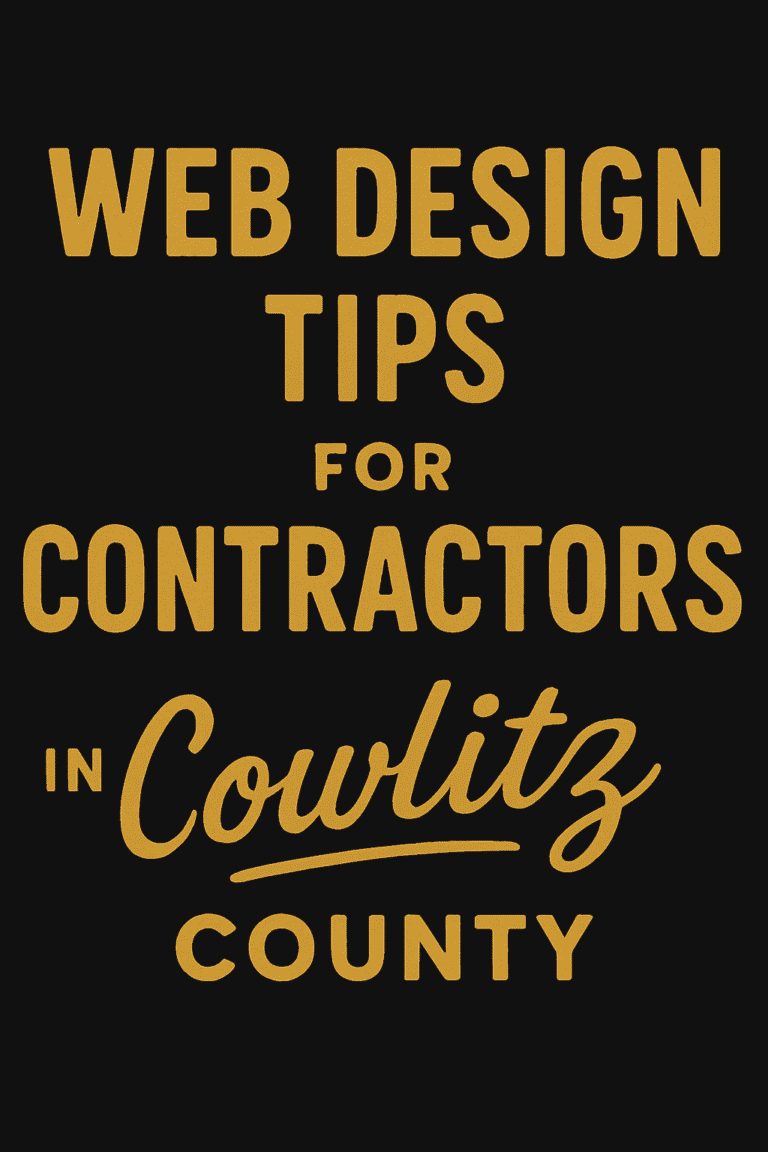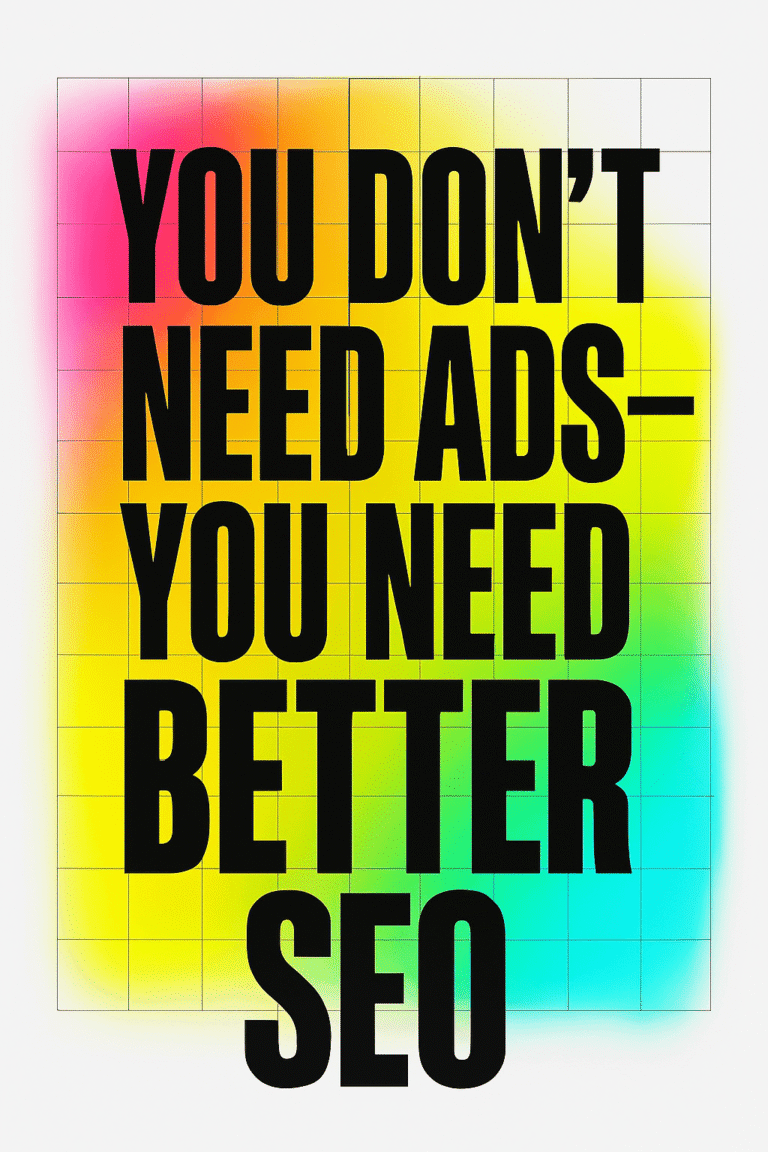 Responsive web design is a technique for crafting websites that operate well on any device from desktop computers to smartphones. It means adapting your website so anyone, no matter what size screen they are using can view easily it. In this blog post, you’ll learn about the benefits of responsive web design and how you can implement these techniques on your business website.
Responsive web design is a technique for crafting websites that operate well on any device from desktop computers to smartphones. It means adapting your website so anyone, no matter what size screen they are using can view easily it. In this blog post, you’ll learn about the benefits of responsive web design and how you can implement these techniques on your business website.
What is responsive web design?
Responsive web design is the approach that suggests that website design and development should respond to the user’s behavior and environment based on screen size, platform and orientation. In other words, responsive web design creates a website layout that adjusts automatically depending on the device it is being viewed on.
A responsive website will not only look great no matter what device it’s viewed on, but it will also be user-friendly and provide an optimal experience for all users.
Now that we know what responsive web design is, let’s take a look at some of the benefits of using this approach:
– One website for all devices: With responsive web design, you only need to create and maintain one website, rather than multiple websites for different devices. This can save you a lot of time and money in the long run.
– No more resizing or panning: Responsive websites automatically resize and/or pan depending on the visitor’s screen size.
– Mobile friendly: responsive websites are mobile friendly, which means you can reach more customers and grow your website traffic by making it easy for people to access your site from their smartphones or tablets.
Now that we’ve seen what responsive web design is, let’s check out some of the components involved in this approach:
– Layout: the layout of a responsive website is designed to fit any screen size, from desktop computers to smartphones and tablets. This usually involves using flexible grid layouts, fluid images and media queries.
– Typography: responsive typography adjusts the font sizes and line heights based on the screen size and resolution.
– Images: responsive images are responsive to screen size, pixel density and orientation.
– Media: responsive media adjust the width as well as height proportions based on device features such as viewport or aspect ratio.
How do I make my website responsive?
Responsive web design is not a one-size-fits-all solution. Depending on your website’s layout and the types of devices your visitors are using to access it, you may need to use different techniques to make your site responsive.
If you’re comfortable working with CSS, responsive web design is something you can definitely do yourself. There are also a number of responsive web design frameworks and libraries that can help you get started.
If you’re not comfortable coding your own responsive website, we can help you. We have responsive web design experts who can put together a responsive website for you, then train you to maintain and update the site yourself.
What are the 3 components of responsive web design?
Responsive web design is responsive to the user’s behavior and environment based on screen size, platform and orientation. Responsive web design adapts the layout to the viewing environment by using fluid, proportion-based grids that resize elements along with text without using fixed width designs. Content should be easily accessible regardless of device or platform used – responsive web design achieves this through use of flexible images in which resolution adjusts depending on browser window size; media queries allowing for optimal rendering across a variety of devices (smartphones, tablets) as well as traditional desktop computers; HTML code written so content can maximize readability no matter how small the font size is set at. Making sure your website looks great whether you are at it from an ultra-wide desktop or viewing it on a tiny phone screen is the goal of responsive web design.
There are three core components to responsive web design: flexible grids, fluid images and media queries. Let’s take a closer look at each one.
Flexible Grids
A responsive website starts with a grid that is designed to be flexible – instead of fixed widths, the columns in your grid will resize based on the size of the device or browser window. This allows your content to flow gracefully across any screen size, from desktop down to mobile. The majority of responsive websites use a 12-column grid system, but you can use whatever grid system you prefer as long as it is responsive. You can also mix and match column sizes to create a more custom layout.
Fluid Images
Responsive websites use images that are designed to resize based on the size of the device or browser window. This ensures that your images look their best no matter what screen size is being used, from desktop down to mobile. You can control how responsive your images are by using either percentage-based widths or max-width properties. With percentage-based widths, the image will resize in relation to the overall column width; with max-width, the image will never exceed a certain pixel size (no matter how large the screen gets).
Media Queries
Media queries allow you to target specific devices and tailor your website’s layout and design specifically for that device. For example, you can use media queries to change the layout of your website for different screen sizes or orientations (landscape vs. portrait), or to adjust the font size and other design elements specifically for small screens. Media queries are written in CSS, and they look like this:
@media only screen and (max-width: 480px) {
/* Your responsive styles go here */ }
The @media rule is used to target devices with a max width of 480px; anything above that will use the default style defined afterwards. You can use as many media query rules as you want, each targeting a specific device size or orientation.
Responsive Web Designer
By providing a website that is accessible on any device, you’re making it easier for potential customers to learn more about your company and products. Whether it’s from their desktop computer or smartphone screen, they will be able to read easily without having to zoom in too much. In addition, the benefits of implementing responsive web design techniques includes increased engagement with viewers because they can seamlessly view content across devices. If you want help creating a professional-looking site that operates well across all screens, don’t hesitate to reach out! We offer custom websites at competitive prices and would love the opportunity to work with you. Give us a call (360) 450-3711.





